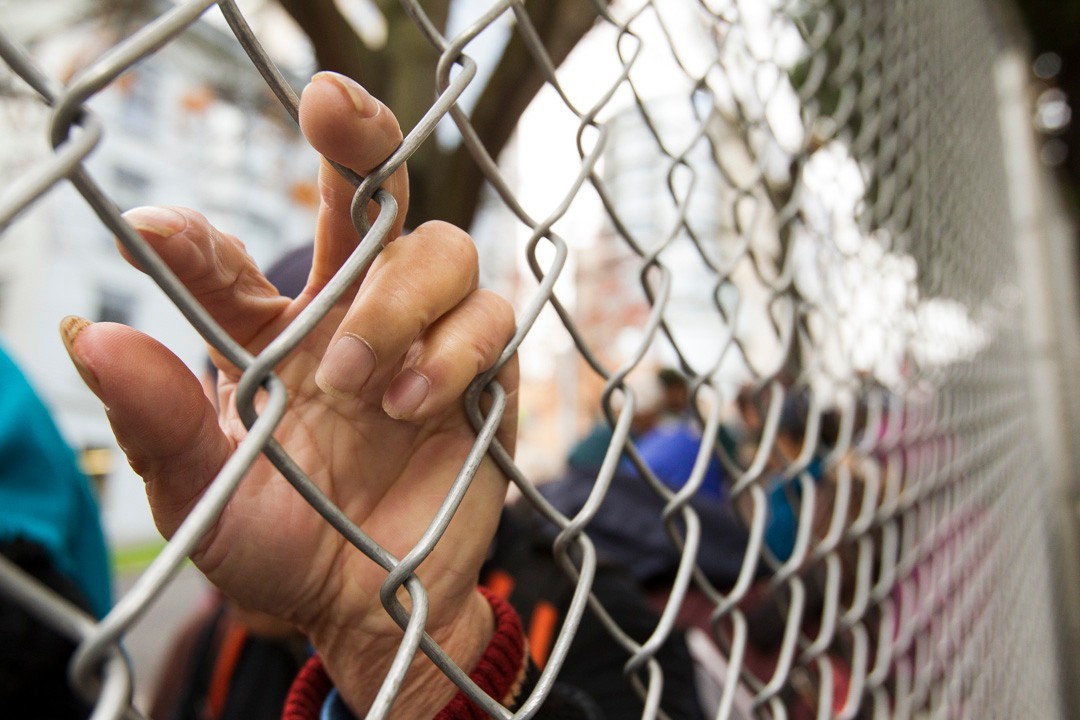 Participants broadly discussed the challenge of engaging low-income in their respective communities. They were also concerned whether communities are connecting with the food grown. Some models return food to the low-income harvesters and others donate to food banks. Participation can be challenging if there is a lack of time and resources to be spent growing food. Some people may also feel intimidated about growing food, because they lack the education to be involved. Others may feel they are getting more from processed foods, because there is greater flavor and sense of satiation. A second challenge is that “if it’s fresh, it’s strange.” People tend to be less familiar with fresh produce today.
Participants broadly discussed the challenge of engaging low-income in their respective communities. They were also concerned whether communities are connecting with the food grown. Some models return food to the low-income harvesters and others donate to food banks. Participation can be challenging if there is a lack of time and resources to be spent growing food. Some people may also feel intimidated about growing food, because they lack the education to be involved. Others may feel they are getting more from processed foods, because there is greater flavor and sense of satiation. A second challenge is that “if it’s fresh, it’s strange.” People tend to be less familiar with fresh produce today.
Most importantly, community organizers need to have a pulse on what kind of food and activity their community desires. These responses should guide programs and efforts. Several participants noted that they had conducted surveys to help identify those answers in their community. Suggested strategies for further engagement:
-
Media suggestions: newspaper, information to schools to educate kids, electronic utility bill stuffers
-
Community building activity with a partner organization, such as a Food Preservation Workshop
-
Try to partner every economic level together so that people do not feel patronized or considered charity. This could help to create a sense of ownership
-
Engage low-income through face-to-face connection, group harvesting, phone trees, diversifying volunteer tasks
-
Integrate urban farming, farm stand, mobile food trucks to localize efforts. Make efforts visual and present within the underserved communities who are most vulnerable to food injustice
-
Ask volunteers to adopt a family or other underserved group to receive harvested donations
Takeaways:
It is important to be part of the community and engage in it. It is also equally important to understand the culture of community and build/cultivate leadership.
Future Actions:
The group saw transportation as a major barrier towards engaging low-income in harvesting outside residential areas.

 Participants broadly discussed the challenge of engaging low-income in their respective communities. They were also concerned whether communities are connecting with the food grown. Some models return food to the low-income harvesters and others donate to food banks. Participation can be challenging if there is a lack of time and resources to be spent growing food. Some people may also feel intimidated about growing food, because they lack the education to be involved. Others may feel they are getting more from processed foods, because there is greater flavor and sense of satiation. A second challenge is that “if it’s fresh, it’s strange.” People tend to be less familiar with fresh produce today.
Participants broadly discussed the challenge of engaging low-income in their respective communities. They were also concerned whether communities are connecting with the food grown. Some models return food to the low-income harvesters and others donate to food banks. Participation can be challenging if there is a lack of time and resources to be spent growing food. Some people may also feel intimidated about growing food, because they lack the education to be involved. Others may feel they are getting more from processed foods, because there is greater flavor and sense of satiation. A second challenge is that “if it’s fresh, it’s strange.” People tend to be less familiar with fresh produce today.